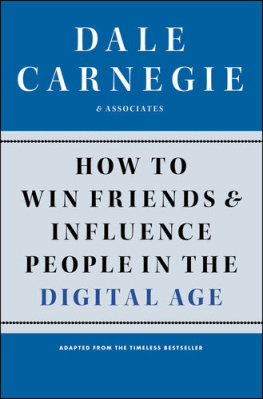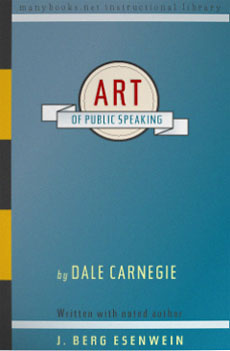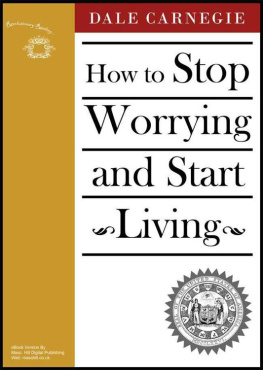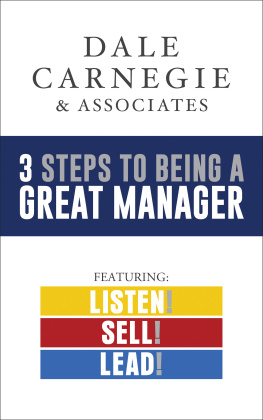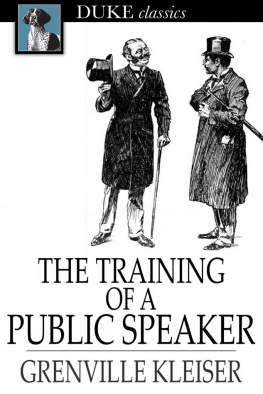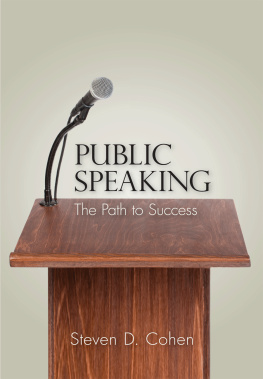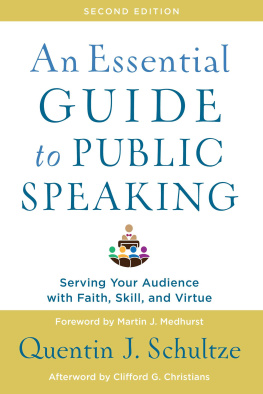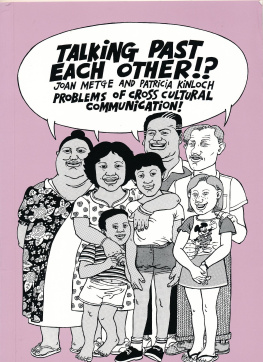
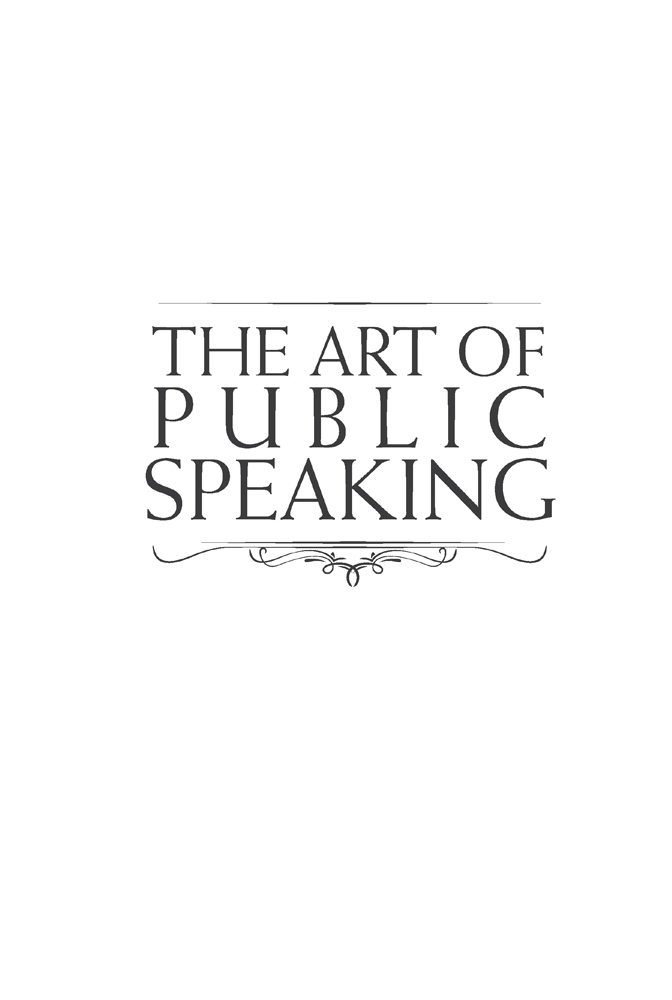
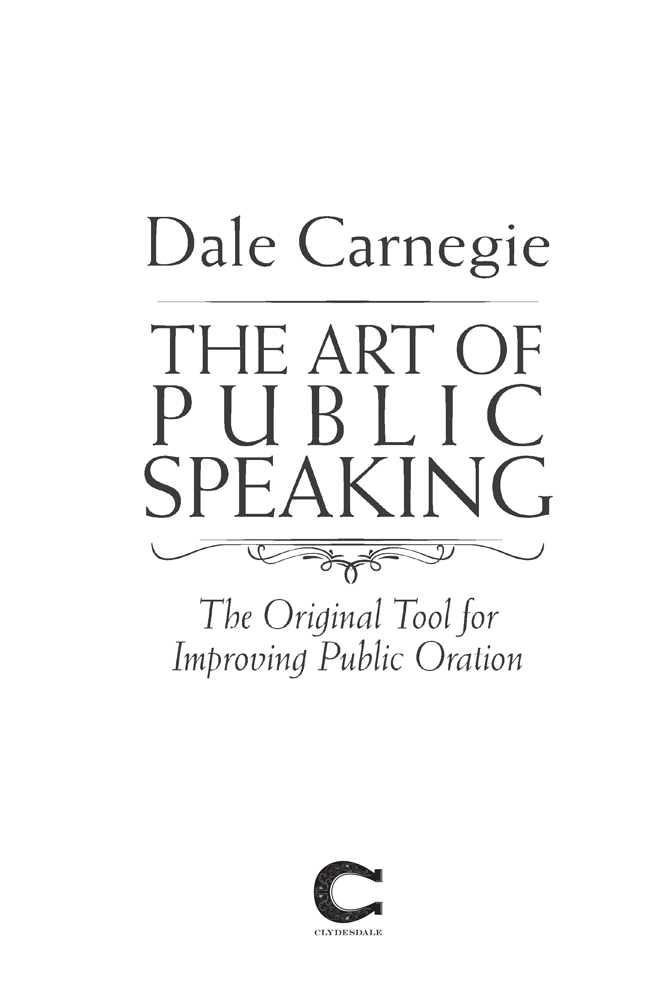
First published in 1915 by The Home Correspondence School
First Clydesdale Press Edition 2018
All rights to any and all materials in copyright owned by the publisher are strictly reserved by the publisher.
Clydesdale books may be purchased in bulk at special discounts for sales promotion, corporate gifts, fund-raising, or educational purposes. Special editions can also be created to specifications. For details, contact the Special Sales Department, Skyhorse Publishing, 307 West 36th Street, 11th Floor, New York, NY 10018 or info@skyhorsepublishing.com.
Clydesdale PressTM is a pending trademark of Skyhorse
Publishing, Inc., a Delaware corporation.
Visit our website at www.skyhorsepublishing.com.
10 9 8 7 6 5 4 3 2 1
Library of Congress Cataloging-in-Publication Data is available on file.
Cover artwork credit: iStockphoto/grandeduc
Print ISBN: 978-1-945186-48-6
eISBN: 978-1-945186-50-9
Printed in the United States of America
To
F. ARTHUR METCALF
FELLOW-WORKER AND FRIEND
Table of Contents
Things to Think of First
A FOREWORD
The efficiency of a book is like that of a man, in one important respect: its attitude toward its subject is the first source of its power. A book may be full of good ideas well expressed, but if its writer views his subject from the wrong angle even his excellent advice may prove to be ineffective.
This book stands or falls by its authors attitude toward its subject. If the best way to teach oneself or others to speak effectively in public is to fill the mind with rules, and to set up fixed standards for the interpretation of thought, the utterance of language, the making of gestures, and all the rest, then this book will be limited in value to such stray ideas throughout its pages as may prove helpful to the readeras an effort to enforce a group of principles it must be reckoned a failure, because it is then untrue.
It is of some importance, therefore, to those who take up this volume with open mind that they should see clearly at the out-start what is the thought that at once underlies and is builded through this structure. In plain words it is this:
Training in public speaking is not a matter of externalsprimarily; it is not a matter of imitationfundamentally; it is not a matter of conformity to standardsat all. Public speaking is public utterance, public issuance, of the man himself; therefore the first thing both in time and in importance is that the man should be and think and feel things that are worthy of being given forth. Unless there be something of value within, no tricks of training can ever make of the talker anything more than a machinealbeit a highly perfected machinefor the delivery of other mens goods. So self-development is fundamental in our plan.
The second principle lies close to the first: The man must enthrone his will to rule over his thought, his feelings, and all his physical powers, so that the outer self may give perfect, unhampered expression to the inner. It is futile, we assert, to lay down systems of rules for voice culture, intonation, gesture, and what not, unless these two principles of having something to say and making the will sovereign have at least begun to make themselves felt in the life.
The third principle will, we surmise, arouse no dispute: No one can learn how to speak who does not first speak as best he can. That may seem like a vicious circle in statement, but it will bear examination.
Many teachers have begun with the how. Vain effort! It is an ancient truism that we learn to do by doing. The first thing for the beginner in public speaking is to speaknot to study voice and gesture and the rest. Once he has spoken he can improve himself by self-observation or according to the criticisms of those who hear.
But how shall he be able to criticise himself? Simply by finding out three things: What are the qualities which by common consent go to make up an effective speaker; by what means at least some of these qualities may be acquired; and what wrong habits of speech in himself work against his acquiring and using the qualities which he finds to be good.
Experience, then, is not only the best teacher, but the first and the last. But experience must be a dual thingthe experience of others must be used to supplement, correct and justify our own experience; in this way we shall become our own best critics only after we have trained ourselves in self-knowledge, the knowledge of what other minds think, and in the ability to judge ourselves by the standards we have come to believe are right. If I ought, said Kant, I can.
An examination of the contents of this volume will show how consistently these articles of faith have been declared, expounded, and illustrated. The student is urged to begin to speak at once of what he knows. Then he is given simple suggestions for self-control, with gradually increasing emphasis upon the power of the inner man over the outer. Next, the way to the rich storehouses of material is pointed out. And finally, all the while he is urged to speak, speak, SPEAK as he is applying to his own methods, in his own personal way, the principles he has gathered from his own experience and observation and the recorded experiences of others.
So now at the very first let it be as clear as light that methods are secondary matters; that the full mind, the warm heart, the dominant will are primaryand not only primary but paramount; for unless it be a full being that uses the methods it will be like dressing a wooden image in the clothes of a man.
J. BERG ESENWEIN.
NARBERTH, PA.,
JANUARY 1, 1915.
THE ART OF PUBLIC SPEAKING
CHAPTER I
ACQUIRING CONFIDENCE BEFORE AN AUDIENCE
There is a strange sensation often experienced in the presence of an audience. It may proceed from the gaze of the many eyes that turn upon the speaker, especially if he permits himself to steadily return that gaze. Most speakers have been conscious of this in a nameless thrill, a real something, pervading the atmosphere, tangible, evanescent, indescribable. All writers have borne testimony to the power of a speakers eye in impressing an audience. This influence which we are now considering is the reverse of that picturethe power their eyes may exert upon him, especially before he begins to speak: after the inward fires of oratory are fanned into flame the eyes of the audience lose all terror.WILLIAM PITTENGER, Extempore Speech.
Students of public speaking continually ask, How can I overcome self-consciousness and the fear that paralyzes me before an audience?
Did you ever notice in looking from a train window that some horses feed near the track and never even pause to look up at the thundering cars, while just ahead at the next railroad crossing a farmers wife will be nervously trying to quiet her scared horse as the train goes by?
How would you cure a horse that is afraid of carsgraze him in a back-woods lot where he would never see steam-engines or automobiles, or drive or pasture him where he would frequently see the machines?
Apply horse-sense to ridding yourself of self-consciousness and fear: face an audience as frequently as you can, and you will soon stop shying. You can never attain freedom from stage-fright by reading a treatise. A book may give you excellent suggestions on how best to conduct yourself in the water, but sooner or later you must get wet, perhaps even strangle and be half scared to death. There are a great many wetless bathing suits worn at the seashore, but no one ever learns to swim in them. To plunge is the only way.
Next page

